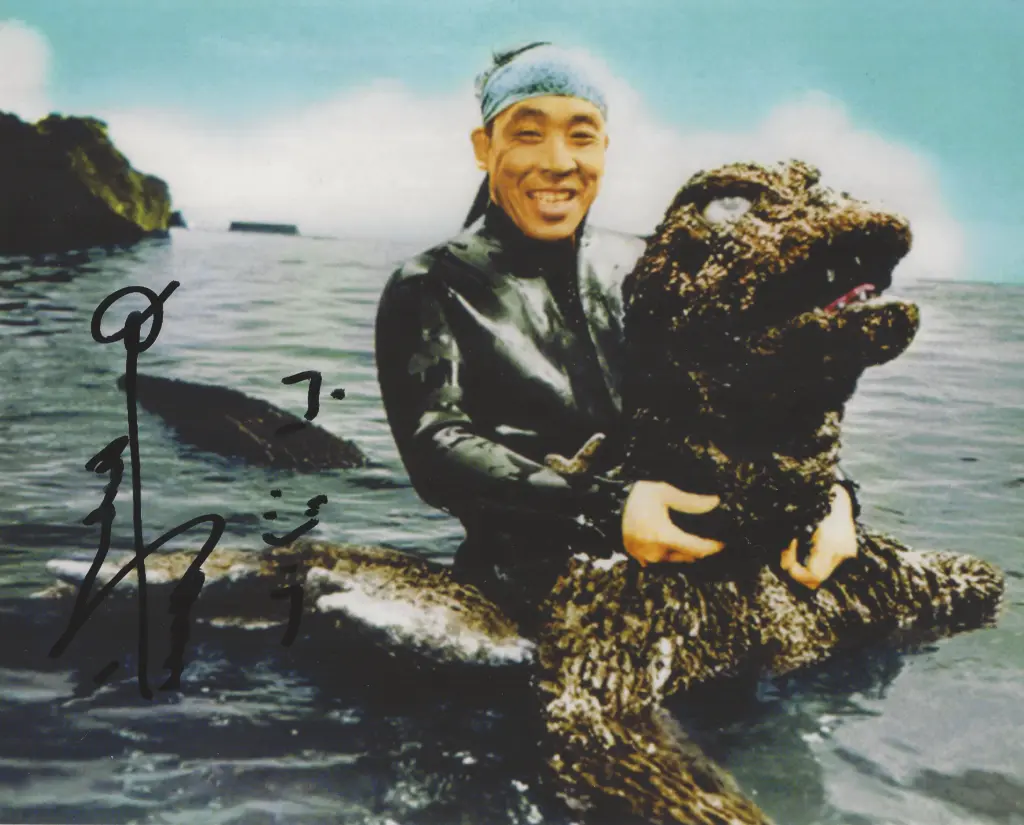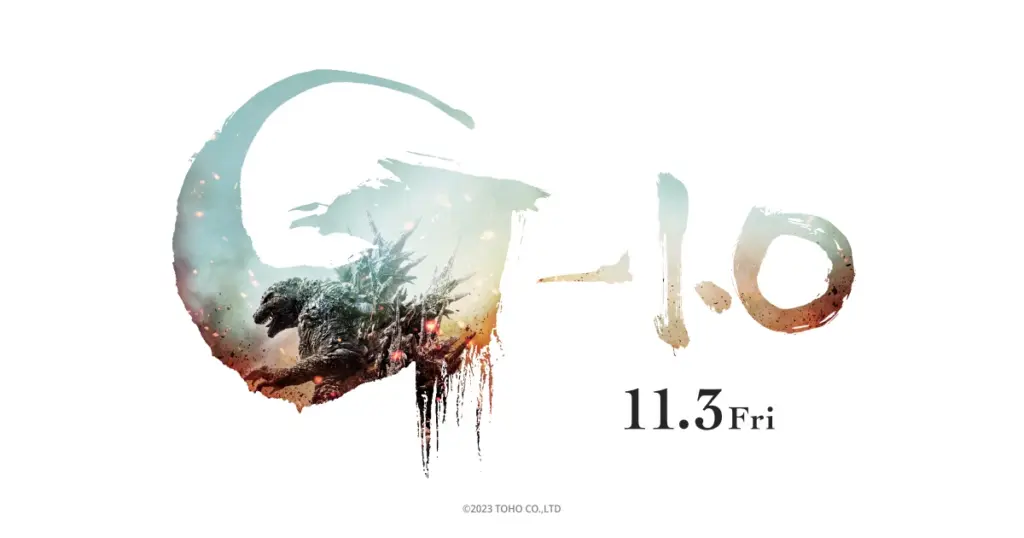Renowned Japanese filmmaker Yamazaki Takashi, known for his award-winning movies “Always: Sunset on Third Street” (2005) and “The Eternal Zero” (2013), is set to direct and write the script for the highly anticipated latest installment in the Godzilla franchise, Godzilla Minus One. As a self-proclaimed fan of Godzilla, Yamazaki will also handle the VFX for the film.
Takashi’s previous works have garnered critical acclaim, including the best picture and best director awards at the 29th Japan Academy Awards for Always. The Eternal Zero also achieved international recognition, winning eight awards at the 38th Academy Awards in Japan. Judging by the trailer, the movie promises to be a darker version of the beloved monster, and closer in design to the Hollywood version of recent big budget movies.
There had been some concern when Takashi had originally been announced as director because he was considered a “feel-good” movie director so, maybe, the trailer is a reaction to those concerns and is trying to assuage the fan base. We won’t be know here in the US until December 1, 2023, when the movie is released.
The Man in the Suit
No matter how masterful Takashi turns out to be, or not, seeing CGI Godzilla still makes me pine for the days of Haruo Nakajima, who passed away on Monday.

Nakajima played the role of Godzilla in the first 11 movies. Prior to his Godzilla role, he had started his career in samurai films, including a small part in Akira Kurosawa’s masterpiece, “Seven Samurai.”
Nakajima caught the attention of legendary Godzilla director Ishiro Honda while working on a WWII film, impressing him with his energy and daring. To prepare for the role, Nakajima studied the movements of large animals such as elephants and bears. However, the suit itself posed a significant challenge as rubber was scarce in post-World War II era Japan. The original Godzilla suits from the 1950s Japanese movies, starting with “Gojira” in 1954, were made through a method known as “suitmation.” The inside of the suit was usually lined with a type of wire mesh or light metal framework to help it hold its shape and allowed for limited movement by the person inside. It weighed over 200 lbs.
“Gojira” reflected the aftermath of the atomic bombings in Japan, with the monster’s emergence from the ocean depths symbolizing the dangers of nuclear weaponry. Nakajima’s portrayal of Godzilla made him a recognizable figure in Japanese cinema, but he remained relatively anonymous in public life. After acting in around 50 films, Nakajima retired in 1973. He briefly worked at a bowling alley on the Toho studio lot and later made appearances at comic and movie conventions.
For those of us who grew up watching the Godzilla movies on television, a guilty pleasure of childhood, the slower, lumbering Godzilla of Nakajima’s time had just enough pace to allow our imaginations to stir, giving us an opportunity to fill in the gaps that practical effects couldn’t. It makes me wonder if modern CGI hasn’t overwhelmed our senses and taken away the importance of allowing the viewer the luxury of being able to fill in the gaps. After all, that’s how we connect to art, entertainment, or whatever you choose to call it. It’s how we feel about something that is more important than what we saw or heard. The man in the suit was obviously a man in a suit, but it makes no difference to my memories of the first times I saw Godzilla, the real Godzilla.






